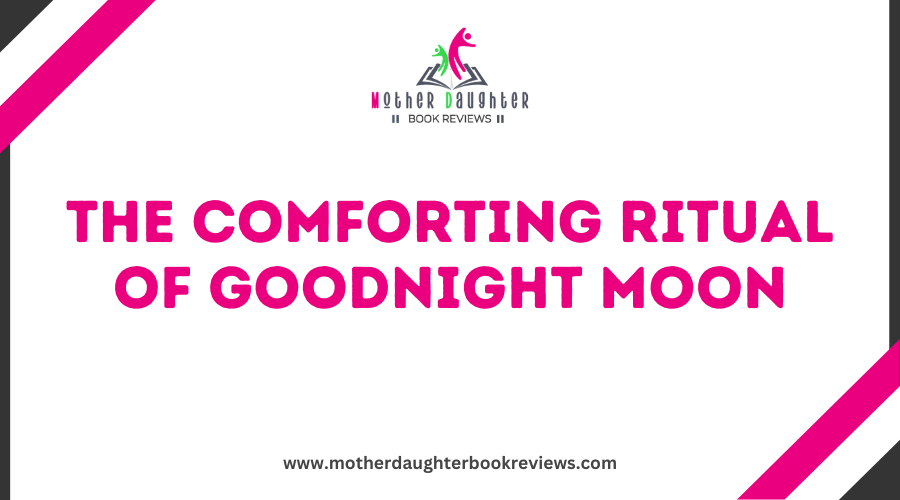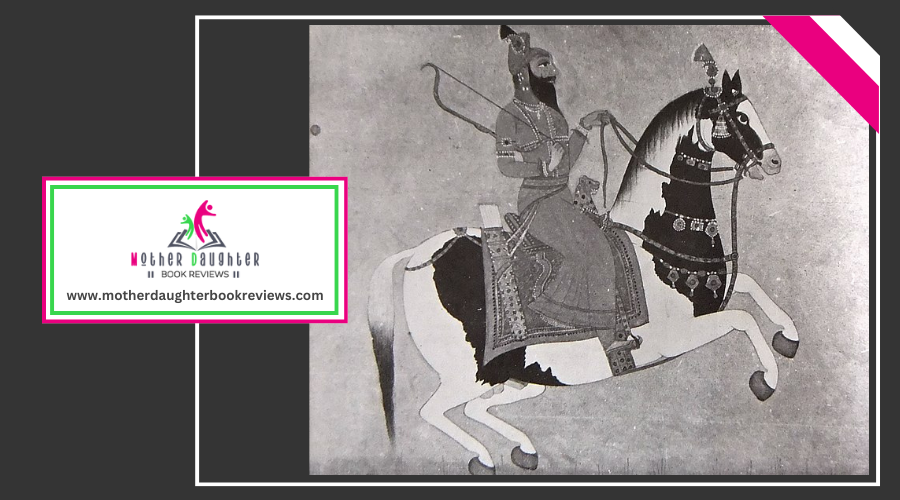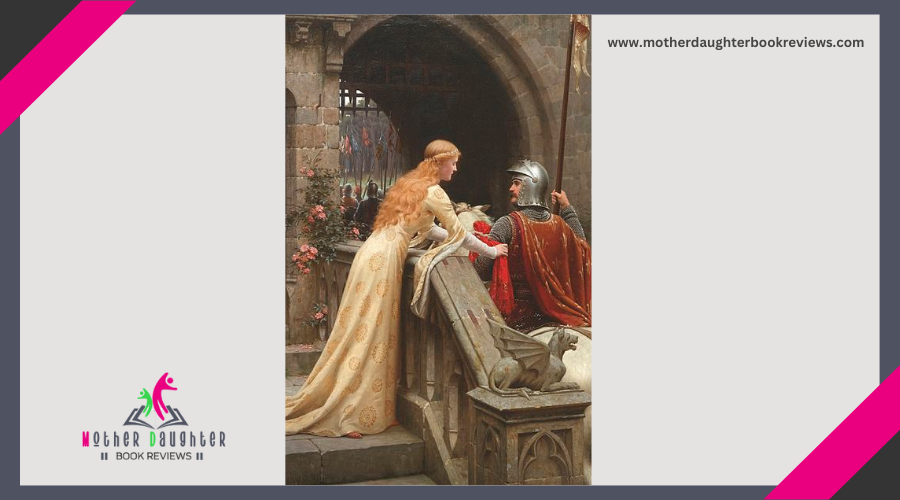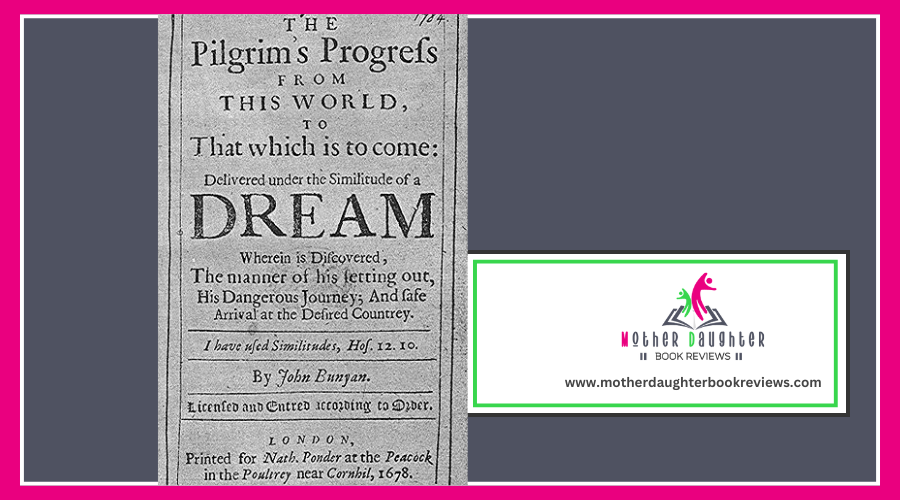"Goodnight Moon" is a timeless bedtime story that has comforted countless children since 1947. You'll find its soothing, rhythmic prose and calming illustrations create a perfect nighttime ritual. Author Margaret Wise Brown's unique understanding of a child's world, paired with Clement Hurd's gentle artwork, helps create a tranquil atmosphere. The repetitive phrases foster a sense of security and help ease your child into sleep.
The Origins of Goodnight Moon
In the quiet of a New York City apartment in the mid-1940s, author Margaret Wise Brown conceived "Goodnight Moon". You can imagine her sitting by a window, inspired by the calm, moonlit nights. The book was initial published in 1947 by Harper & Brothers, but it wasn't an immediate hit. In fact, its initial publication history showed modest sales, and it took years before it gained widespread popularity.
Despite its slow start, "Goodnight Moon" eventually became a staple in children's literature. Its cultural impact is undeniable; the book has sold millions of copies and has been translated into numerous languages. Parents and children alike have cherished the soothing, rhythmic prose and the fanciful illustrations by Clement Hurd. What's remarkable is how "Goodnight Moon" has transcended generations, becoming a beloved bedtime ritual for countless families.
Margaret Wise Brown's Legacy
Margaret Wise Brown's influence on children's literature can't be overstated. When you immerse yourself in her works, you'll notice how her storytelling techniques transformed the genre. Margaret Wise had a unique understanding of a child's perspective, which allowed her to create stories that felt both familiar and magical.Her ability to weave simplicity with profound emotional resonance set her apart. In "Goodnight Moon", she masterfully combines rhythmic text with soothing repetition, creating a bedtime ritual that's become a literary touchstone for generations. Each word is carefully chosen to evoke a sense of calm, making it easier for children to wind down for the night.Brown's literary influence extends beyond just "Goodnight Moon". Her groundbreaking approach to narrative structure and her dedication to understanding the child's world have inspired countless authors in children's literature. Clement Hurd's Illustrations
Bringing Margaret Wise Brown's words to life, Clement Hurd's illustrations in "Goodnight Moon" play a crucial role in the book's enduring charm. His use of a soft yet lively color palette creates a soothing atmosphere perfect for bedtime. The gentle hues of the room, combined with the striking contrasts in the red balloon and the green walls, captivate young readers and draw them into the story.The character expressions add a layer of warmth and familiarity. The little bunny's curious eyes and the old lady's serene demeanor bring a relatable human element to the story. Consider these key aspects of Hurd's illustrations:- Color Palette: The mix of muted and bright colors strikes a perfect balance, making each page visually engaging without being overwhelming.
- Character Expressions: The gentle and inviting faces of the characters encourage emotional connection and comfort.
- Room Details: Small, intricate details in the room's decor add depth and encourage exploration.
- Lighting: The shift from bright to dim lighting mirrors the change to sleep, enhancing the bedtime experience.
These elements make Hurd's artwork unforgettable, perfectly complementing Brown's soothing words.The Story's Simple Beauty
Why does "Goodnight Moon" resonate so deeply with readers of all generations? The story's simple beauty plays an essential role. When you read "Goodnight Moon," you're immediately drawn into its calm, soothing world. Margret Wise Brown's storytelling techniques are masterful. She uses a gentle, rhythmic prose that feels like a lullaby, making it perfect for bedtime.Each element in the story is crafted to evoke emotional resonance. You can't help but feel a sense of peace as the little bunny says goodnight to different objects in the room. This ritualistic farewell creates a serene atmosphere, allowing children to wind down and feel secure. The simplicity of the language makes it accessible for young readers, while the universal themes of comfort and safety appeal to adults as well.Brown's choice of words and pacing work together harmoniously. The text flows effortlessly, creating a seamless reading experience that both children and adults find comforting. The understated elegance of the narrative guarantees that "Goodnight Moon" remains timeless. Its emotional resonance and elegant storytelling techniques make it a cherished bedtime staple, resonating deeply across generations.The Role of Repetition
The story's simple beauty is undeniably enchanting, but another key element that gives "Goodnight Moon" its enduring charm is the role of repetition. When you read this classic tale, the rhythmic patterns create a soothing cadence that can lull even the most restless child to sleep. Each verse builds upon the last, weaving a tapestry of comforting familiarity that children find reassuring.Repetition in "Goodnight Moon" serves several essential purposes:- Creates a Predictable Structure: The repetitive phrases and familiar images help children anticipate what comes next, making them feel safe and secure.
- Enhances Memory Retention: Hearing the same words and phrases repeatedly supports language development and helps kids remember the story better.
- Promotes Relaxation: The rhythmic patterns have a calming effect, which can help ease children into a restful state.
- Fosters Emotional Bonds: Sharing the book repeatedly strengthens the emotional connection between the reader and the child, creating cherished memories.
Creating a Nighttime Ritual
When you incorporate "Goodnight Moon" into your child's nightly routine, you're not just reading a story; you're creating a comforting and predictable nighttime ritual. This beloved book, with its soothing rhythm and gentle illustrations, sets the perfect tone for winding down. By making it a regular part of your bedtime routine, you help signal to your child that it's time to shift from daytime activities to nighttime calm.
Start by creating a consistent bedtime schedule. Maybe it begins with a warm bath, followed by brushing teeth, and then snuggling up in bed with "Goodnight Moon." This routine helps your child know what to expect, reducing bedtime resistance and fostering a sense of security.
Psychological Benefits for Children
Incorporating "Goodnight Moon" into your child's bedtime routine does more than just foster a sense of security; it also offers significant psychological benefits. This beloved classic helps in creating emotional security by providing a predictable and comforting end to the day. The rhythmic and repetitive structure of the book aids in cognitive development, as your child begins to anticipate and understand the sequence of events.
Here are four key psychological benefits:
- Emotional Security: The familiar phrases and images create a sense of calm and safety, which is essential for a child's emotional well-being.
- Cognitive Development: The repetition and simple language help improve memory and language skills, laying a foundation for future learning.
- Routine and Predictability: Establishing a consistent bedtime ritual with "Goodnight Moon" can reduce bedtime anxiety and make the shift to sleep smoother.
- Parent-Child Bonding: Reading together strengthens your emotional connection, providing a shared experience that is both nurturing and educational.
Goodnight Moon in Modern Times
Nowadays, "Goodnight Moon" remains a cherished staple in children's literature, seamlessly blending into modern bedtime routines. With the rise of digital storytelling, you can now enjoy this classic tale in numerous formats. Regardless of it being on a tablet, e-reader, or smartphone, the story's soothing prose and vivid illustrations are just a tap away. These digital adaptations allow you to introduce your child to "Goodnight Moon" in a way that fits your lifestyle, providing the same comforting experience with the added convenience of technology.
Modern adaptations of "Goodnight Moon" have expanded its reach and relevance. Interactive apps make the story more engaging, letting your child touch and investigate elements of the illustrations. This interactive component not only keeps them entertained but also helps develop their fine motor skills and cognitive abilities. Furthermore, audiobooks narrated by soothing voices can provide a calming bedtime routine when you're too tired to read aloud.
Conclusion
Margaret Wise Brown's rhythmic prose, paired with Clement Hurd's gentle illustrations, creates a tranquil atmosphere perfect for ending the day. Through its simplicity, repetition, and calming themes, the book has become a cherished part of bedtime rituals, helping children wind down and feel secure.




